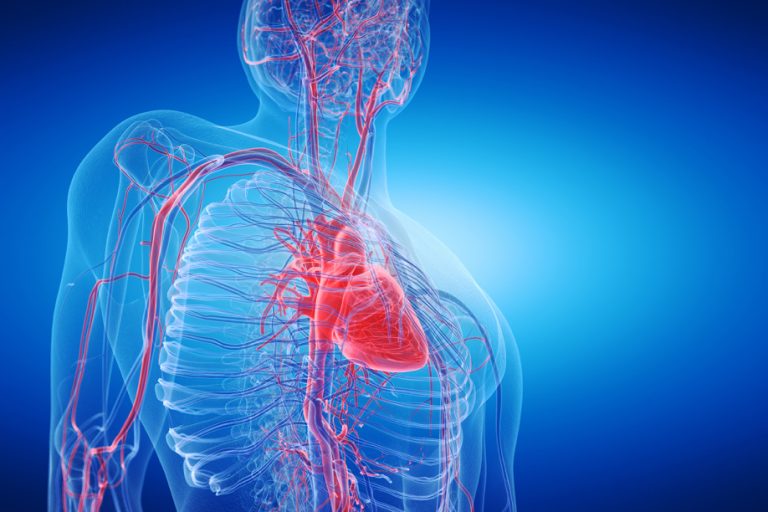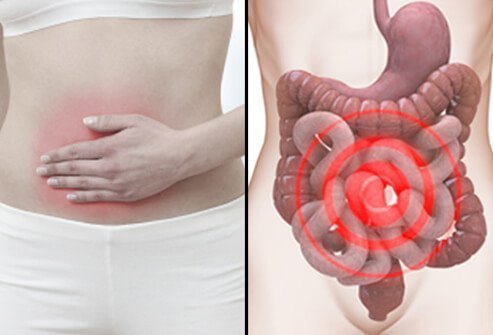Campylobacter Infection: Causes and Symptoms
Author: Giselle Robel
Giselle Robel
Category: Health
Campylobacteriosis is an infection caused by bacteria you can get from contaminated food and water. It causes diarrhea. You might also hear it called campylobacter, campylobacter infection, or campylobacteriosis gastroenteritis.
When people worry about eating undercooked chicken, they usually focus on getting sick from salmonella bacteria. But another common type of bacteria called Campylobacter can also make you ill if you eat poultry that isn't fully cooked.
Like a salmonella infection, Campylobacteriosis can cause diarrhea and sometimes other serious complications.
Infants and children have a greater chance than adults of Campylobacter infection, but it can strike anyone at any age. Men are also more likely than women to get infected. It's more common in summer than winter.

What is Campylobacter infection?
Campylobacter infection is a type of stomach flu (gastroenteritis). Some people call it food poisoning. The most common symptoms are diarrhea, vomiting, stomach cramping, and fever.
This foodborne illness starts after someone eats or drinks something that has Campylobacter bacteria in it. If you take in enough bacteria, you may become infected. Usually, symptoms show up one to seven days after coming into contact with the bacteria.
How common is Campylobacter infection?
Researchers don't have exact numbers of how many people have it each year. That's because most people don't go to the doctor for food poisoning, such as Campylobacter infections. However, health care providers diagnose Campylobacteriosis in about 20 out of every 100,000 people yearly. However, some estimates put the number of Campylobacter infections at more than 1.5 million every year. And is said to be, one of the most common foodborne illnesses in the U.S.
Campylobacteriosis Symptoms
The infection usually lasts about a week. And if you've been infected, symptoms start within a couple of days of eating the infected food. They may include the following:
How do you get Campylobacter infection?
A Campylobacter infection starts after someone eats or drinks something with the bacteria. Uncooked or undercooked food can lead to an infection. In addition, here are some common foods that can have Campylobacter are:
- Chicken.
- Unpasteurized dairy product (sterilized to kill bacteria).
- Produce.
- Seafood.
- Untreated water.
You can also get the bacteria from accidentally touching the waste (poop) of an infected animal. Cats and dogs can both carry Campylobacter. And some people have gotten infected after handling puppies for sale at a pet store. Always make sure you wash your hands after cleaning up after an infected pet or handling unfamiliar animals.
Older people and the very young have the highest infection risk. Also, people with weaker immune systems can more easily get infected. Weakened immune systems can come from cancer treatment, immunodeficient states, being a smoker, or drinking large amounts of alcohol.
When to Call a Doctor
If your immune system is weakened by HIV or by medications to treat cancer, the bacteria can cause a serious infection in your bloodstream. See your doctor soon after diarrhea and other symptoms appear.
If you're generally in good health and you get a bout of diarrhea, you may wait a couple of days. Treat it as you would any illness that causes diarrhea.
If you feel seriously ill, then see your doctor sooner. Symptoms to watch for include:
- Diarrhea for more than 2 days
- Blood in your stool
- Signs of dehydration (dark pee, dry mouth and skin, dizziness)
- Severe pain in your gut or rectum
- Fever of 102 F or more
- Can't drink fluids due to nausea or vomiting
Campylobacteriosis Causes
Campylobacter bacteria can get into your system if you eat undercooked poultry or food that has touched raw or undercooked poultry.
The bacteria usually live in the digestive systems of animals, including poultry and cattle. You can also find campylobacter bacteria in unpasteurized milk
Campylobacteriosis usually develops in isolated cases. Sometimes, though, there can be an outbreak when several people have the same infection.
In developing countries, the bacteria live in water and sewage systems.
How does campylobacteriosis contamination happen?
Poultry and cattle can carry campylobacter even if they have no symptoms. When the animals are slaughtered, bacteria can spread from the intestines to the parts people eat. Infection in a cow's udder or contact with manure can contaminate milk. Pasteurized milk is safe to drink.
Animal waste can get into lakes and streams. The contaminated water can spread bacteria to fruits and vegetables. Washing produce with clean water helps make it safe
Campylobacteria Diagnosis and Tests
Diarrhea and vomiting are common campylobacteriosis symptoms, but they can be signs of many illnesses. This is true for bloody stools, too.
To make a diagnosis, your doctor may ask for a stool sample, which they'll send to a lab.
Your doctor's office will give you a special container in which to collect the sample. It can take several days to get the results.
In rare cases, a doctor may order a blood test, but these results take even longer — up to 2 weeks.
Treatment
For most cases of food poisoning, there is no specific treatment. The illness will run its course in about a week. If your healthcare provider can confirm a Campylobacter infection, antibiotics may be prescribed to help speed up recovery.
Your healthcare provider will recommend drinking more fluids because diarrhea and vomiting can both cause dehydration. Also, make sure you replenish electrolytes essential minerals, such as sodium, calcium, and potassium. A sports drink can help with electrolytes.
Campylobacteriosis medications
If your immune system is weak, your doctor might prescribe medicine to fight the infection:
- Azithromycin (Zithromax, Zmax) is usually the first antibiotic your doctor will try.
- Ciprofloxacin (Cetraxal, Ciloxan, Cipro) or levofloxacin (Levaquin) are other options.
Antibiotic resistance and campylobacteriosis
You might hear the term antibiotic resistance when people talk about Campylobacter. Infections with antibiotic-resistant bacteria (that means they no longer respond to some of the drugs used to treat them) can be harder to treat, can last longer, and can cause more severe illness.
Campylobacteriosis Complications
Usually, the infection clears up within 2-10 days. If left untreated, Campylobacteriosis may lead to serious consequences for a very small number of people.
Some problems can happen early on. One example is a gallbladder infection (cholecystitis).
There can also be complications from the later stages of the infection. But serious long-term problems are unusual.
The infection is associated with arthritis, rare cases. It may also lead to Guillain-Barre syndrome. It's a disorder in which your immune system attacks nerves in your body. You can be partially paralyzed and be in the hospital for weeks.
How can I prevent Campylobacter infection?
You can avoid getting food poisoning from Campylobacter with a bit of precaution. To avoid getting sick, wash your hands:
- After blowing your nose, coughing or sneezing.
- After using the toilet, changing diapers or cleaning up a child who used the bathroom.
- Before and after taking care of someone who is sick.
- After petting cats and dogs or cleaning up their poop.
- After touching garbage.
You should disinfect toilets after use by someone who has diarrhea. If you have diarrhea, you should wash your hands frequently with warm, soapy water.
When it comes to food safety, always wash your hands before handling food and after handling raw food. These tips also help:
- Firstly, avoid getting bacteria on other foods by using separate cutting boards for chicken/meat and vegetables.
- Secondly, clean utensils and countertops with hot soapy water after contact with raw meat.
- Cook meat (especially chicken) until there is no pink. If you go to a restaurant, send chicken back to the kitchen if it still has pink.
- Don't drink water if you don't know if it has been tested for purity including water from streams.
- Only drink pasteurized milk.













